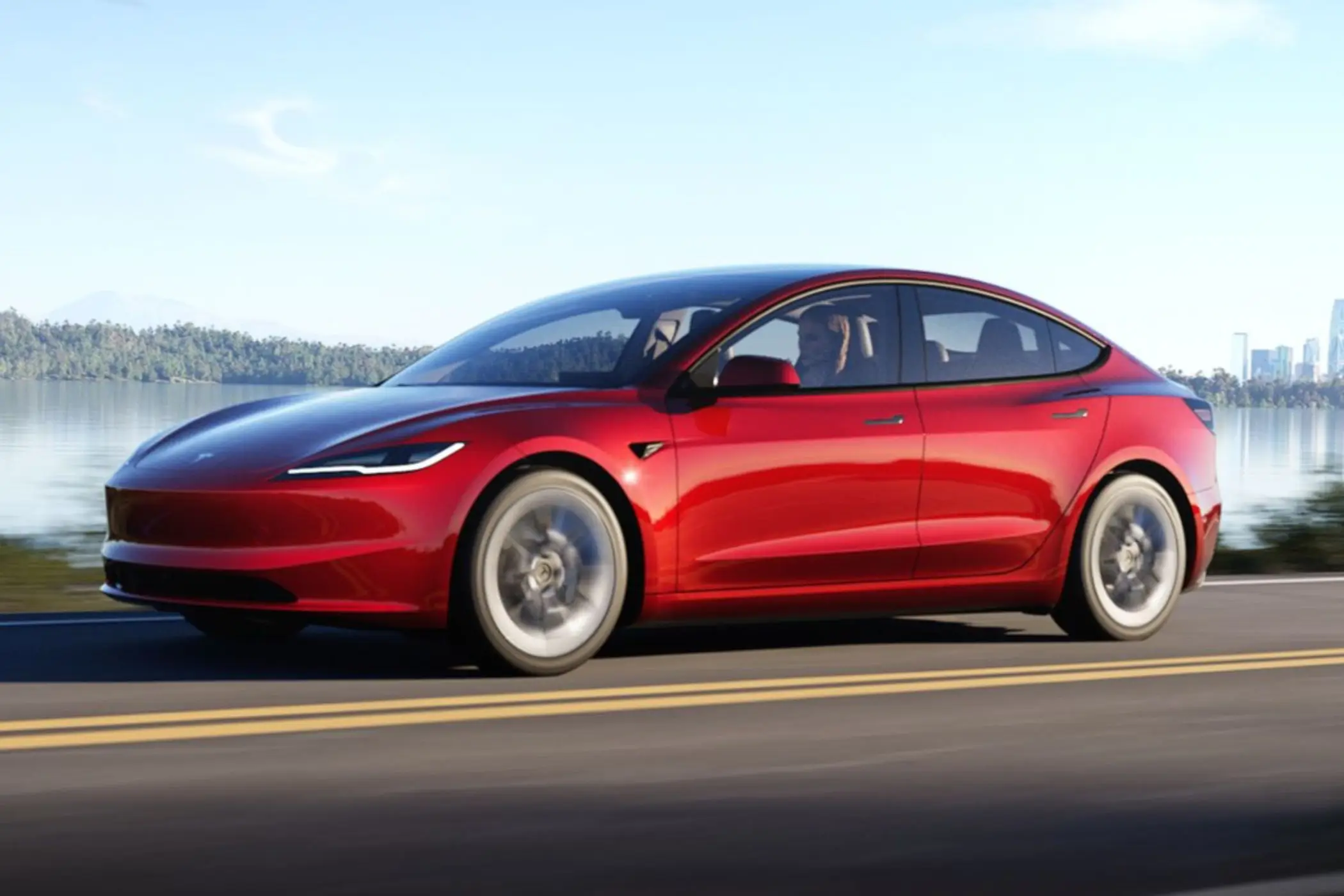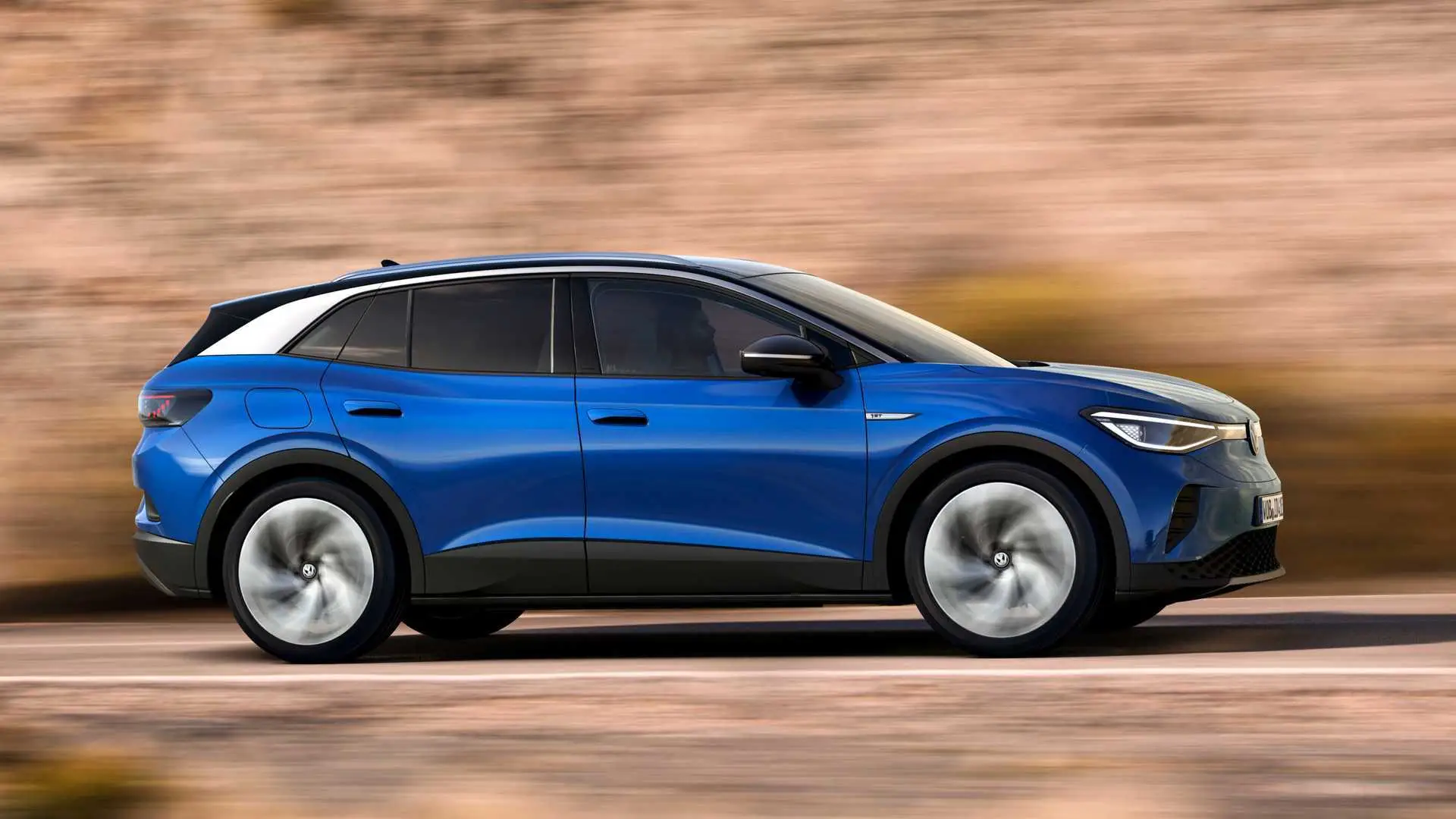The Tesla Model 3 and Volkswagen ID.4 are two standout contenders in the electric vehicle market, each offering unique features that cater to a range of drivers. This comparison will delve into critical aspects such as pricing, design, performance, and technology, helping potential buyers make an informed decision.
Pricing and Trim Levels: Tesla Model 3 vs Volkswagen ID.4
When choosing an EV, pricing and trim levels are crucial as they dictate affordability and feature availability.
-
💰 Base Model Pricing: The Tesla Model 3 starts at approximately $40,240 for the Standard Range Plus, which includes partial premium interior and Autopilot. In contrast, the Volkswagen ID.4 begins at around $38,995 for the base Pro trim, featuring heated front seats and a spacious interior.
-
🚀 Performance Trims: Tesla's Performance Model 3 offers increased acceleration and top speed for around $53,240, while the ID.4 GTX, priced at $55,000, provides a sporty take with dual motors and enhanced drive modes.
Design and Exterior Features: Tesla Model 3 vs Volkswagen ID.4
Design and exterior features significantly influence an EV's appeal and functionality.
-
🎨 Aerodynamic Design: The Model 3's sleek sedan design enhances range and speed, while the ID.4's crossover shape balances aerodynamics with interior space.
-
💡 Lighting and Aesthetics: Tesla offers distinctive LED headlights and a minimalistic design, whereas the ID.4 features a signature light bar across the grille for a modern look.
-
🚪 Unique Features: The Model 3 boasts flush door handles for improved aerodynamics, while the ID.4 offers a panoramic sunroof option for added luxury.
-
📏 Exterior Dimensions: The Model 3 is more compact, aiding in city maneuverability, while the ID.4's larger size offers a rugged appeal and more cargo space.
Interior and Cabin Space: Tesla Model 3 vs Volkswagen ID.4
Interior comfort and space are vital for a pleasant driving experience.
-
🪑 Seating and Comfort: Tesla provides a minimalist cabin with vegan leather seats, while the ID.4 emphasizes space with high seating positions and ample legroom.
-
📱 Technology Integration: Model 3's 15-inch touchscreen is central to its cabin, offering seamless control, whereas the ID.4 integrates a 12-inch display with intuitive voice controls.
-
🧳 Storage and Utility: The Model 3 offers a versatile trunk and frunk, while the ID.4 provides a generous 30.3 cubic feet of cargo space with seats up.
Performance and Acceleration: Tesla Model 3 vs Volkswagen ID.4
Performance and acceleration are pivotal for EV buyers seeking excitement and efficiency.
-
⚡ Acceleration and Speed: The Model 3 Performance can sprint from 0-60 mph in just 3.1 seconds, whereas the ID.4 GTX achieves it in 6.2 seconds, prioritizing stability.
-
🛞 Handling and Drive Modes: Tesla offers a responsive and agile drive with multiple modes, while the ID.4 focuses on comfort and all-terrain capability with its AWD option.
Range and Battery Options: Tesla Model 3 vs Volkswagen ID.4
Range and battery options are critical for gauging an EV's usability.
-
🔋 Battery Options: Tesla offers batteries up to 358 miles, while the ID.4 provides up to 275 miles, catering to different driving needs.
-
🌍 Real-World Range: The Model 3's range is generally consistent across conditions, whereas the ID.4's range may vary more with terrain and climate.
Technology and Safety Features: Tesla Model 3 vs Volkswagen ID.4
Technology and safety features enhance the driving experience by providing assistance and security.
-
🤖 Driver Assistance Features: Tesla's Autopilot offers advanced semi-autonomous capabilities, while ID.4's IQ.DRIVE provides adaptive cruise control and lane-keeping.
-
🚘 Full Self-Driving (FSD): Tesla's FSD (optional at $15,000) promises future autonomy, whereas the ID.4 focuses on robust driver assist features.
-
🛡️ Active Safety Features: Both vehicles include features like emergency braking and collision avoidance, with Tesla's system being more integrated.
-
⭐ Crash Test Ratings: Both vehicles boast high safety ratings, with the Model 3 rated 5 stars by NHTSA and the ID.4 receiving top marks from Euro NCAP.
Charging Options and Infrastructure: Tesla Model 3 vs Volkswagen ID.4
Charging options and infrastructure are key for maintaining an EV's usability.
-
⚡ Home Charging: Both models support home charging, with Tesla's Wall Connector offering faster home charging options.
-
🌍 Public Charging Networks: Tesla's Supercharger network is vast and exclusive, while the ID.4 relies on networks like Electrify America for public charging.
Charging Speed: Tesla Model 3 vs Volkswagen ID.4
Charging speed influences the convenience and flexibility of EV ownership.
-
⚡ Home Charging Speed: The Model 3 can charge at up to 44 miles of range per hour at home, while the ID.4 achieves around 35 miles per hour.
-
🌍 Fast Charging Speed: Tesla's Superchargers can add up to 200 miles in 15 minutes, and the ID.4 charges up to 60 miles in 10 minutes at fast-charging stations.
-
🛠️ Third-Party Chargers: Both models are compatible with third-party chargers, although Tesla's adapter system ensures broader compatibility.
Customization Options: Tesla Model 3 vs Volkswagen ID.4
Customization options allow buyers to tailor their EVs to personal tastes.
-
🎨 Exterior Colors: Tesla offers five color options, including striking red and deep blue, while the ID.4 provides a similar palette with vibrant hues like Dusk Blue.
-
🛞 Wheel Designs: Tesla offers 18" to 20" wheels that enhance performance, whereas the ID.4's wheels emphasize durability and style.
-
🪑 Interior Trims: Model 3 offers black or white premium interiors, while the ID.4 offers a mix of cloth and leatherette in various color schemes.
Conclusion: Tesla Model 3 vs Volkswagen ID.4
-
✅ Strengths of Each Model: The Tesla Model 3 excels in performance and technology, while the Volkswagen ID.4 stands out with its spacious design and practicality.
-
❌ Considerations: Tesla's service network can be limited in some areas, and Volkswagen's range is lower than Tesla's, which might affect long-distance travelers.




